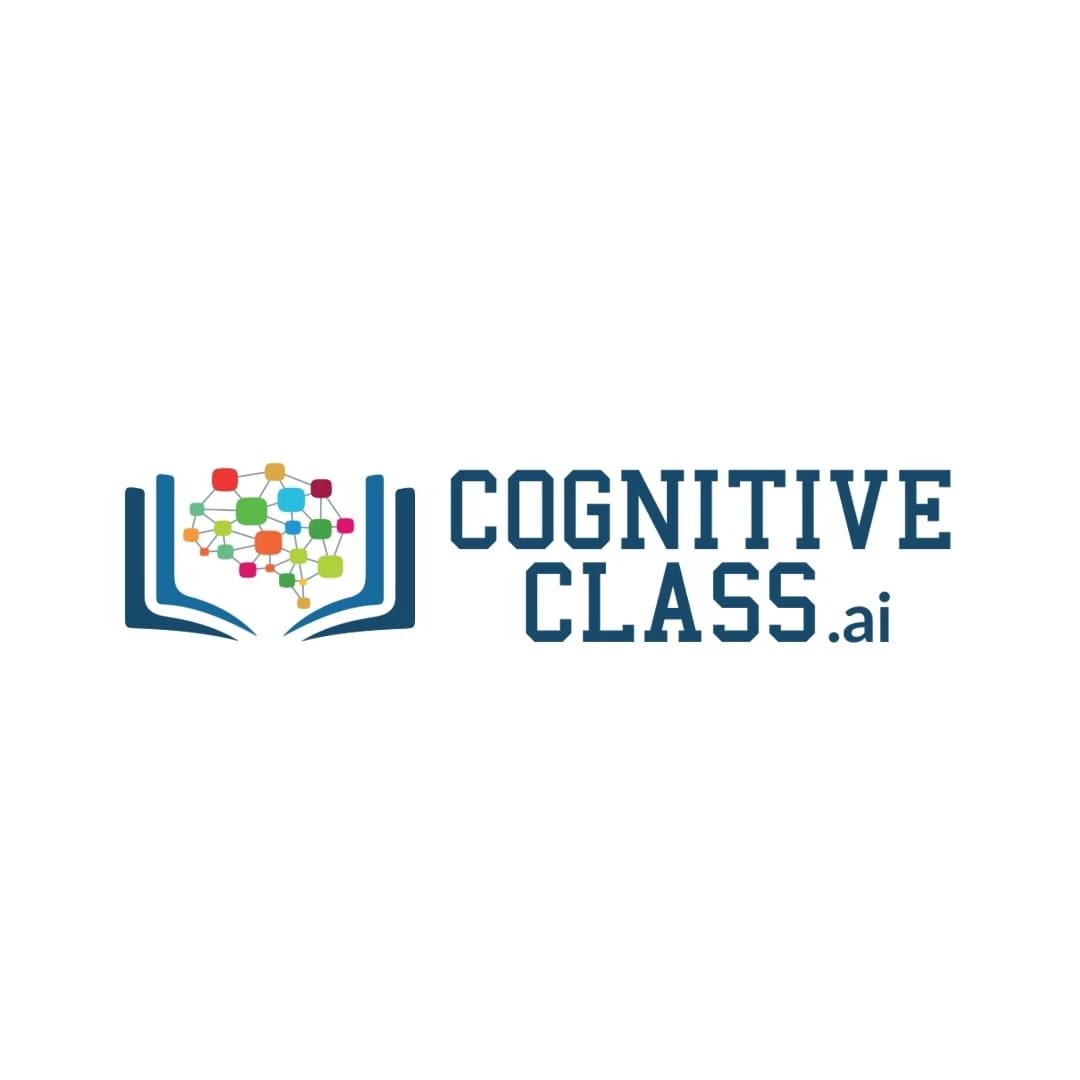Docker Essentials: A Developer Introduction
Get started with Docker, the essential tool for developers. Learn how to create, deploy, and manage containers for efficient software development and deployment. Discover the fundamentals of containerization.
At a Glance
Learn how to use containers for your applications. Create and run your first Docker container. Then, learn how to run containers in production and solve problems of orchestration such as high availability, service discovery, and reconciliation.
About this course
Docker is a development tool and a virtualization technology used to automate the deployment of applications inside software containers. A container on the other hand is a standard way to package an application that contains all the configuration files, and other dependencies to operate the application. Containers work by isolating the application inside the container so that everything outside the container can be standardized.
- What are containers?
- 1. Run a container
- 2. Run multiple containers
- 3. Remove the containers
Lab 2: Add CI/CD value with Docker images
- Docker images
- 1. Create a Python app (without using Docker)
- 2. Create and build the Docker image
- 3. Run the Docker image
- 4. Push to a central registry
- 5. Deploy a change
- 6. Understand image layers
- 7. Remove containers
Lab 3. Orchestrate applications with Docker Swarm
- Container orchestration overview
- 1. Create your first swarm
- 2. Deploy your first service
- 3. Scale your service
- 4. Apply rolling updates
- 5. Reconcile problems with containers
- 6. Determine how many nodes you need
- Final exam





There are no reviews yet.